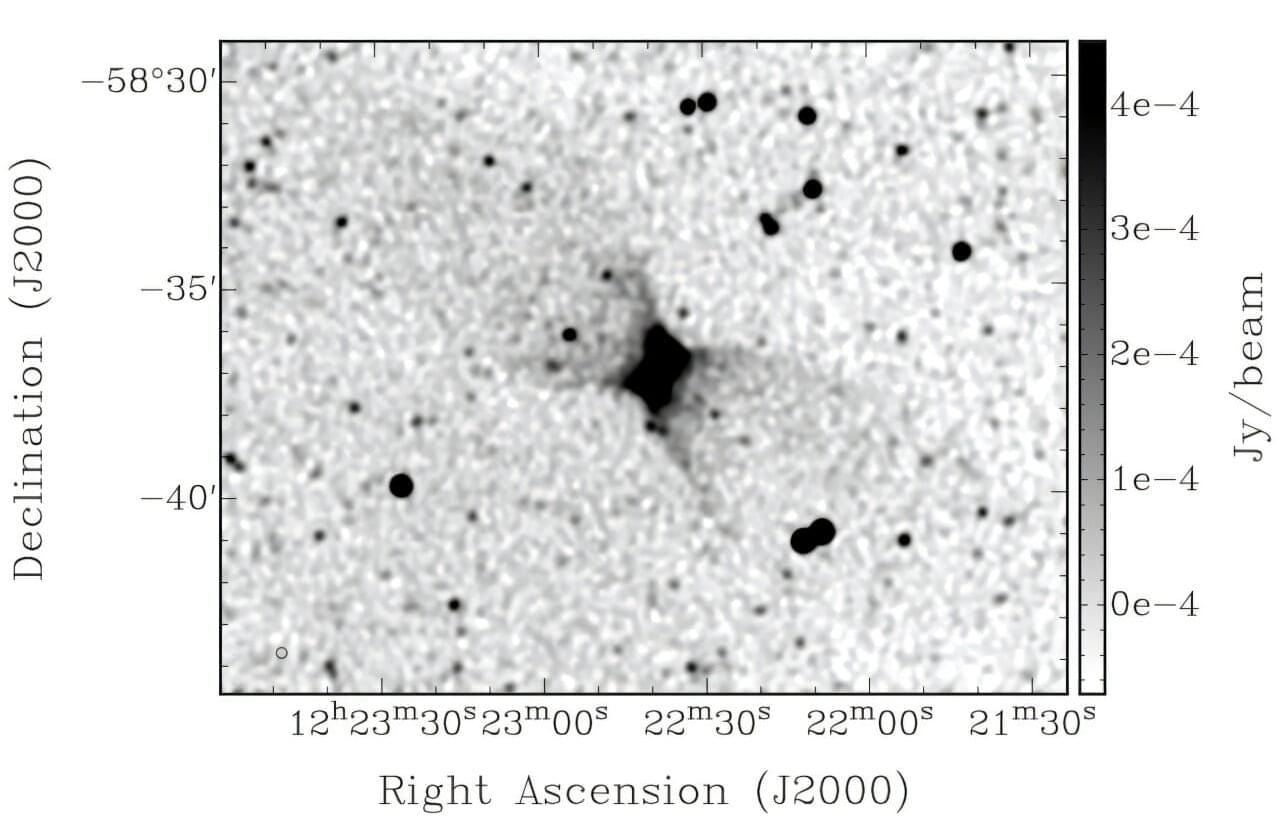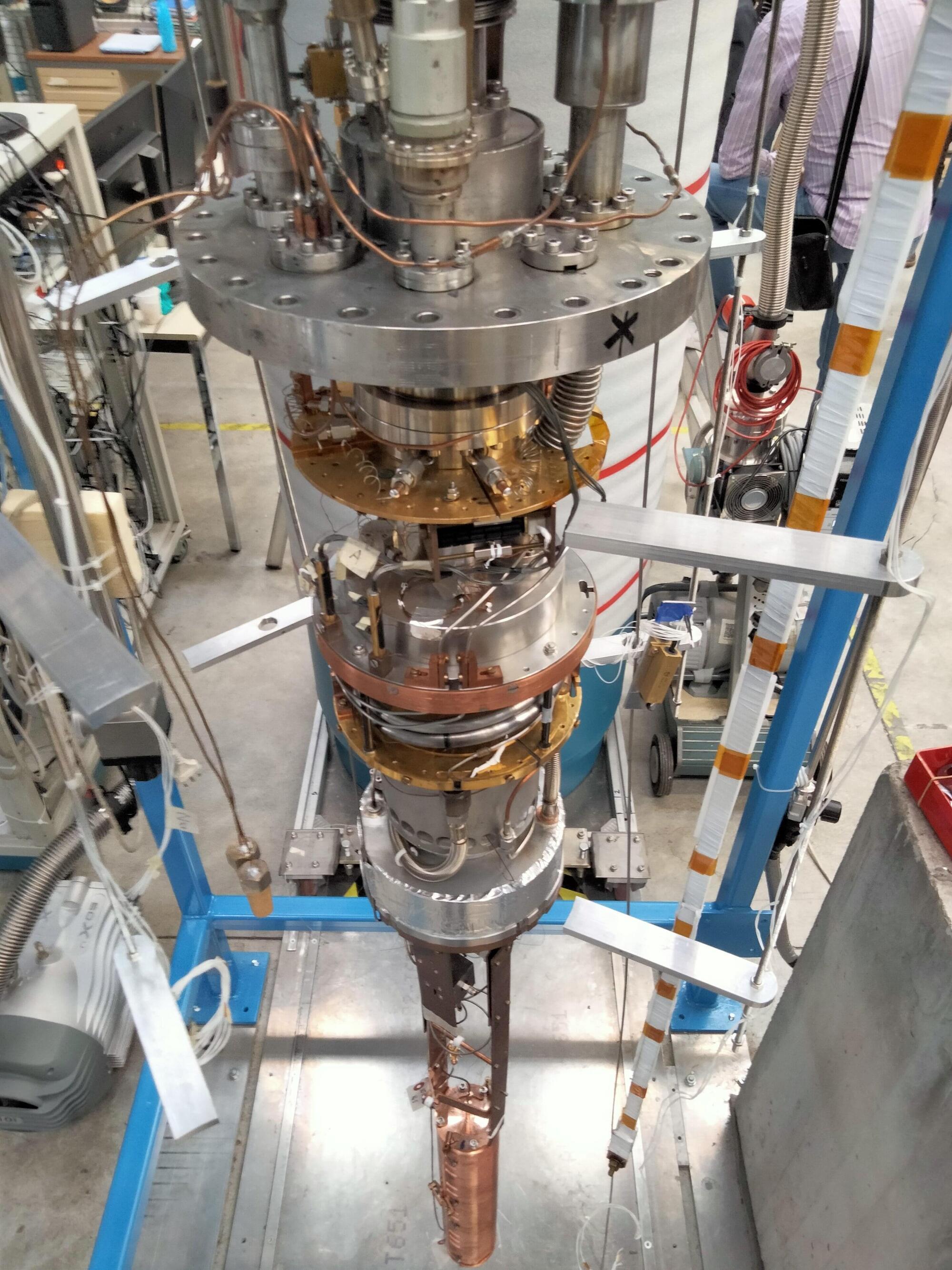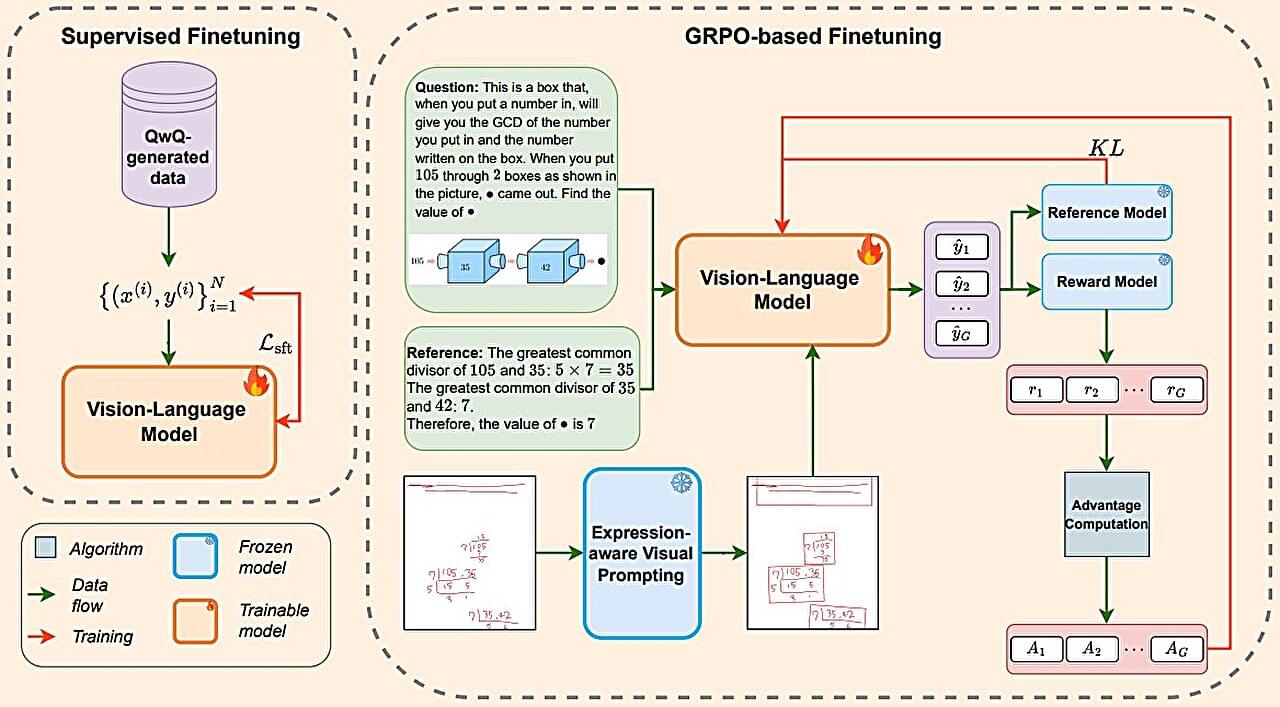Using the Australian Square Kilometer Array Pathfinder (ASKAP), an international team of astronomers has discovered a spectacular bipolar outflow from the disk of a nearby galaxy known as ESO 130-G012. The finding was reported in a paper published December 17 on the pre-print server arXiv.
ESO 130-G012 is an edge-on galaxy at a distance of some 55 million light years, with an estimated stellar mass of about 11 billion solar masses. The galaxy has a star-formation rate at a level of 0.2 solar masses per year and hosts a black hole approximately 50 million times more massive than the sun.









